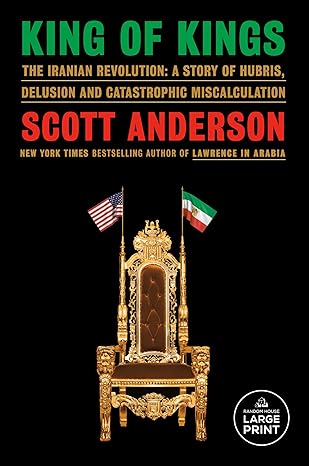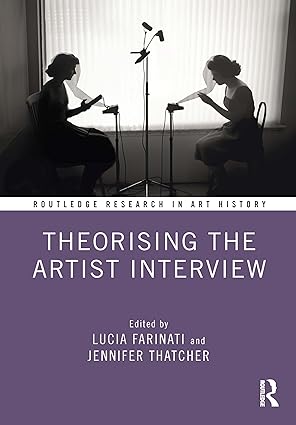This book analyses the relationship between comics and cultural memory. By focussing on a range of landmark comics from the twentieth and twenty-first centuries, the discussion draws attention to the ongoing role of visual culture in framing testimony, particularly in relation to underprivileged subjects such as migrants and refugees, individuals dealing with war and oppressive regimes and individuals living with particular health conditions. The discussion is influenced by literary and cultural debates on the intersections between ethics, testimony, trauma, and human rights, reflected in its three overarching questions: ‘How do comics usually complicate the production of cultural memory in local contents and global mediascapes?’, ‘How do comics engage with, and generate, new forms of testimonial address?’, and ‘How do the comics function as mnemonic structures?’
The author highlights that the power of comics is that they allow both creators and readers to visualise the fracturing power of violence and oppression – at the level of the individual, domestic, communal, national and international – in powerful and creative ways. Comics do not stand outside of literature, cinema, or any of the other arts, but rather enliven the reciprocal relationship between the verbal and the visual language that informs all of these media. As such, the discussion demonstrates how fields such as graphic medicine, graphic justice, and comics journalism contribute to existing theoretical and analytics debates, including critical visual theory, trauma and memory studies, by offering a broad ranging, yet cohesive, analysis of cultural memory and its representation in print and digital comics.
چکیده فارسی
این کتاب رابطه بین کمیک و حافظه فرهنگی را تحلیل میکند. این بحث با تمرکز بر طیفی از کمیک های برجسته قرن بیستم و بیست و یکم، توجه را به نقش مداوم فرهنگ بصری در قاب بندی شهادت جلب می کند، به ویژه در رابطه با موضوعات محروم مانند مهاجران و پناهندگان، افراد درگیر با جنگ و ظالم. رژیم ها و افرادی که با شرایط بهداشتی خاصی زندگی می کنند. این بحث متاثر از بحثهای ادبی و فرهنگی در مورد تقاطعهای بین اخلاق، شهادت، آسیب و حقوق بشر است که در سه سؤال کلی آن منعکس شده است: "معمولاً کمیکها چگونه تولید حافظه فرهنگی در محتوای محلی و رسانههای جهانی را پیچیده میکنند؟" "چگونه کمیک ها با اشکال جدیدی از آدرس گواهی درگیر می شوند و ایجاد می کنند؟"، و "چگونه کمیک ها به عنوان ساختارهای یادگاری عمل می کنند؟"
نویسنده تأکید میکند که قدرت کمیکها در این است که هم به سازندگان و هم به خوانندگان اجازه میدهند تا قدرت شکافنده خشونت و سرکوب را - در سطح فردی، داخلی، جمعی، ملی و بینالمللی - به روشهای قدرتمند و خلاقانه تجسم کنند. کمیک خارج از ادبیات، سینما یا هیچ یک از هنرهای دیگر نیست، بلکه به رابطه متقابل بین زبان کلامی و زبان تصویری که همه این رسانه ها را اطلاع می دهد، زنده می کند. به این ترتیب، این بحث نشان میدهد که چگونه رشتههایی مانند پزشکی گرافیک، عدالت گرافیکی، و روزنامهنگاری کمیک به بحثهای نظری و تحلیلی موجود، از جمله تئوری انتقادی بصری، آسیبهای روحی و مطالعات حافظه، با ارائه یک تحلیل گسترده و در عین حال منسجم از حافظه فرهنگی کمک میکنند. و بازنمایی آن در کمیک های چاپی و دیجیتال.
ادامه ...
بستن ...
Ebook details:
عنوان: Representation and Memory in Graphic Novels (Memory Studies Global Constellations) (9781472481566)
نویسنده: Nabizadeh, Golnar
ناشر: Routledge; 1 edition (April 23, 2019)
زبان: English
شابک: 1472481569, 978-1472481566
حجم: 16 Mb
فرمت: Original PDF
ادامه ...
بستن ...
![Representation and Memory in Graphic Novels (Memory Studies Global Constellations) [2019] - Original PDF Representation and Memory in Graphic Novels (Memory Studies Global Constellations) [2019] - Original PDF](https://dl.libsan.ir/images/1/12/7_5ef8a5afd49cc.jpg)









